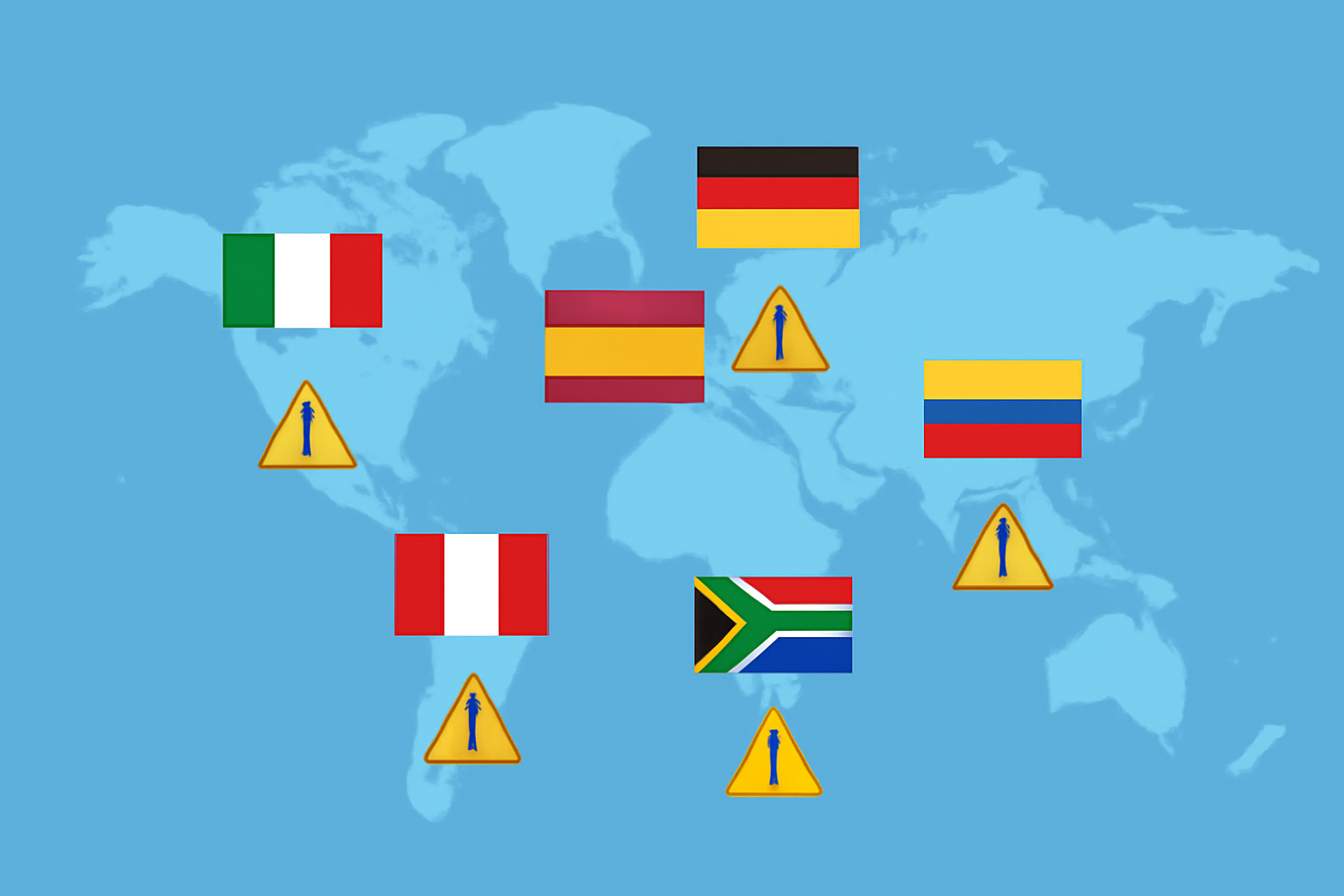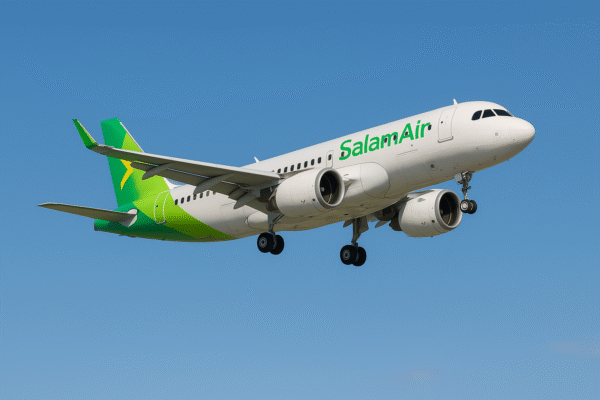Malaysia has recorded a groundbreaking 10.1 million international tourist arrivals between January and March 2025, according to data from Vision Thai and Malaysia’s Ministry of Tourism, Arts and Culture. The number outpaces Thailand’s 9.5 million during the same period, ending the latter’s decades-long dominance as Southeast Asia’s top inbound destination.
Central to Malaysia’s success is its forward-thinking visa-free entry policy for key markets such as China and India. Chinese nationals are allowed visa-free entry until 2030, with potential extensions to 2036, while Indian tourists can enter without a visa until 2026.
Additionally, Malaysia has launched major infrastructure investments, including airport modernization projects in Kuala Lumpur, Langkawi, and Penang, alongside digital tools such as the “Travel Malaysia” app to streamline trip planning. The Malaysia Truly Asia 2025 campaign has further expanded its reach through social media, influencer partnerships, and Mandarin-language digital content.
Vietnam Overtakes Thailand in Chinese Tourist Numbers
In a landmark moment for regional travel dynamics, Vietnam welcomed 1.6 million Chinese tourists in Q1 2025, surpassing Thailand’s 1.3 million, according to the Vietnam National Administration of Tourism (VNAT). This marks the first time Vietnam has outperformed Thailand in attracting tourists from China — a highly competitive and vital source market for all ASEAN nations.
Vietnam’s success is attributed to enhanced air connectivity, simplified e-visa systems for Chinese nationals, and targeted promotions such as the “Vietnam Timeless Charm” campaign. New direct flight routes from China to destinations like Da Nang, Nha Trang, and Phu Quoc have also contributed to the uptick, in addition to integrated travel experiences tailored to Chinese preferences.
From January to May 2025, Vietnam recorded 9.2 million total foreign arrivals, reflecting a 21.3% year-on-year increase. The government’s efforts to enhance hospitality services, language training, and digital tourism platforms are proving to be key growth drivers.
Japan and India Continue Upward Momentum
Japan remains a top destination in Asia, reporting 18.14 million international visitors from January to May 2025, a 23.9% increase compared to the previous year. Supported by its blend of cultural heritage, cherry blossom season promotions, and seamless infrastructure, Japan continues to attract both regional and long-haul travelers from Europe and North America.
India, meanwhile, is rapidly gaining ground as both an inbound and outbound tourism power. According to India’s Ministry of Tourism, inbound arrivals grew by over 18% in early 2025. Major draws include spiritual tourism, heritage circuits, and improved visa-on-arrival facilities for travelers from Southeast Asia and Europe.
Singapore and Indonesia Ride the Regional Momentum
Singapore, a long-standing regional travel hub, recorded 13.6 million arrivals in 2024, with strong Q1 2025 momentum continuing. Chinese tourists remain a top market segment, buoyed by Singapore’s visa-free entry and efficient airport infrastructure.
Indonesia also showed strong inbound growth in early 2025, thanks to strategic campaigns such as “Wonderful Indonesia”, and key destination promotions in Bali, Jakarta, and Labuan Bajo. Visa exemptions for ASEAN and select European countries have helped maintain steady tourist flows.
China Remains the Engine of Regional Tourism
China, despite stricter health protocols in past years, has quickly regained its place as the leading outbound travel source market in Asia. According to China’s Ministry of Culture and Tourism, over 20 million Chinese tourists traveled internationally in the first quarter of 2025, with a major share directed toward ASEAN destinations.
Chinese travelers are now returning in large numbers to Southeast Asia, driven by pent-up demand, improved airline services, and seamless payment integrations such as Alipay and WeChat Pay in popular destinations like Malaysia, Singapore, and Vietnam.
ASEAN Tourism Enters a New Era of Competition
The first half of 2025 marks a pivotal point in Asia’s travel industry, as regional tourism no longer revolves around traditional leaders like Thailand. Malaysia’s rise, Vietnam’s China-focused strategy, and Japan’s sustained popularity show that diversified policies and agile tourism planning can yield swift results.
For ASEAN nations, the road ahead will demand continued investment in safety, digitalization, and sustainable travel practices. The global traveler is returning — but with higher expectations.
Conclusion: A Competitive, Reimagined Travel Landscape in Asia
With over 68 million international visitors arriving across Asia in early 2025, the continent’s tourism sector is not only recovering but reshaping itself. Malaysia’s strategic vision, Vietnam’s rapid climb in Chinese arrivals, and Japan’s consistent allure highlight how quickly the regional leaderboard can change.
As the world reopens and Chinese outbound travel accelerates, Asia’s tourism future looks bright — but only for countries that continue to innovate, welcome, and adapt to a more dynamic traveler landscape.
For more travel news like this, keep reading Global Travel Wire


















